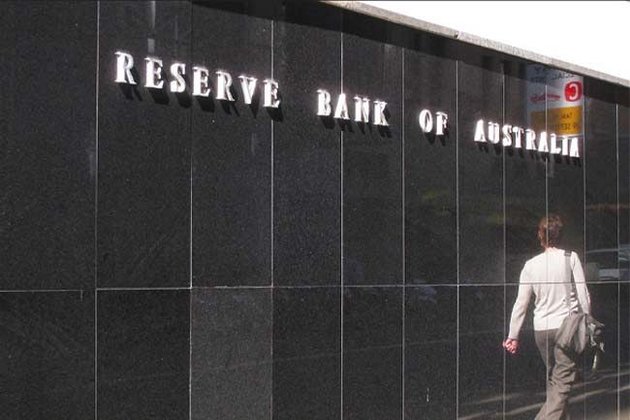Move FM Regional news

Unemployment the forgotten target of the RBA
May 16, 2024Getting inflation to the target range quickly would have detrimental consequences on the economy and unemployment rate, writes Stephen Koukoulas.
IF ONLY SOME economists were as rabidly enthusiastic about maintaining full employment, getting the unemployment rate as low as possible and encouraging steady and sustained increases in real wages as they are about getting inflation to a 2 to 3% target.
If they were, they would be advocating for lower interest rates given that employment growth is slowing, the unemployment rate has moved up from the 2022 lows, job ads and vacancies are falling and the growth trends in the economy are screaming that the current economic slump will fuel yet higher unemployment over the next year or two.
It goes without saying that low inflation is important and policy setting must have that as one of its key objectives.
Unreasonably high inflation hurts everyone with price increases for cost of living, and higher costs for the vital small business sector damaging to economic and personal well-being.
When it comes to unemployment, the RBA has got it wrong
But having inflation, say, half a per cent above some arbitrary level for a few extra quarters, or even a year, at the cost of jobs would be a policy error that, thankfully, the Reserve Bank of Australia (RBA) and the Government are not falling for.
As all economic policymakers know, the RBA could “easily” get inflation to the target range within the next few months. “Easily” is in quote marks because if the RBA lifted interest rates by, say, 500 basis points tomorrow, the crunch to the economy would spark mass discounting from retailers, a sharp jump in the unemployment rate, a surge in mortgage defaults and broader economic pain. As a result of this, inflation would free-fall to the target.
Easy.
The problem, of course, is the cost to the economy in the form of unemployment, business failures, mortgage defaults and wages.
Coming back to the issue at hand, the current level of interest rates, which includes the 425 basis points of interest rate hikes over the last two years, is behind RBA and other forecasts for the unemployment rate to rise to around 4.25 to 4.75% into late 2024 or early 2025.
While an unemployment rate around these levels may be low relative to Australia’s economic history over the past 50 years, a rise in the rate along the lines expected represents around 150,000 to 250,000 people added to the ranks of the unemployed.
And this assumes there is no overshoot in the unemployment rate towards 5%.
This brings us back to the RBA Statement on the Conduct of Monetary Policy agreed to by Treasurer Jim Chalmers and RBA Governor Michele Bullock in December 2023.
RBA’s next interest rate move likely to be a cut
Under this agreement, the labour market objective is:
The Statement does acknowledge, however, that:
This is true with changes over time in productivity, workforce skills, immigration, wages and demographics the factors that influence what full employment is.
Even the RBA acknowledges how it has changed its assessment of full employment over many years.
Using plain language and straightforward analysis to back-solve what full employment may be in the current economic climate, the extent to which the potential workforce is employed is consistent with wage outcomes, which is consistent with annual inflation between 2 and 3%.
Regarding the current data on those factors and estimates of full employment, the Australian economy is in a grey area – unemployment is 3.8% and edging up, wage growth is 4.2% which is picking up but not alarmingly so and inflation is 3.6% and falling sharply.
Wage growth outpacing inflation – good news to ease cost of living
While there is a heated discussion on the outlook for inflation, wages and the unemployment rate, it does appear that an unemployment rate at or even slightly above 4% will spark a pull-back in wage growth to around 3.5 to 4% which in turn will see inflation on a glide-path to the target.
This is why the RBA is unwilling to hike interest rates further and indeed, why interest rate cuts are more likely than not in the months ahead.
We would all be delighted to see inflation at 2.5% forever, with the economy in full employment which means an unemployment rate around 3.5 to 4% and wage growth around 3.5 to 4%.
The Australian economy is close to this now.
Any overshoot to even higher unemployment, lower wage growth and below-target inflation is costly, undesirable and unnecessary.
It is taking some time for this simple stock take on the economy to filter through to some economists who are functioning with a 1980s mindset and demanding the RBA squeeze out the last half a per cent or so out of inflation even if it means a recession.
While this gets a lot of media attention as bad news sells, it gets little or no attention at the RBA when it comes to setting interest rates, which is good news for Australian workers.
Stephen Koukoulas is an IA columnist and one of Australia’s leading economic visionaries, past Chief Economist of Citibank and Senior Economic Advisor to the Prime Minister.


